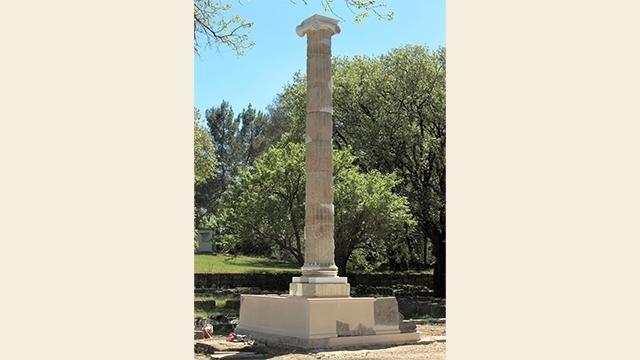
When the German excavations started at Olympia in 1875 it was hoped that the sanctuary would be found in the state as described by ancient writers like the traveller Pausanias, in its full architectural and sculptural glory. To the great disappointment of the excavators the sculptures, which had been mainly made from bronze had almost completely disappeared and buildings had, to a large extent, been destroyed by earthquakes and later settlement. The continuing excavations, up to today, have resulted in the uncovering of almost the complete central part of the sanctuary, especially the so called Altis and many of the surrounding establishments which served the religious and athletic requirements of the sanctuary. During recent decades new discoveries have led to a deeper understanding of these peripheral installations and their functions both during the periods the Games were actually held and in the intervening years. For a long period the dispersal of the architectural members from their original place of construction, however, has obstructed the visitor in freely moving around and understanding the structure of the site. It therefore has become an important aim of the German Archaeological Institute to make the site more accessible and to reconstruct the buildings as far as possible to regain an idea of their former appearance.
Location
Speakers
- Prof Reinhard Sneff (DAI: German Archaeological Institue, Athens)
Contact
- Estelle Strazdins